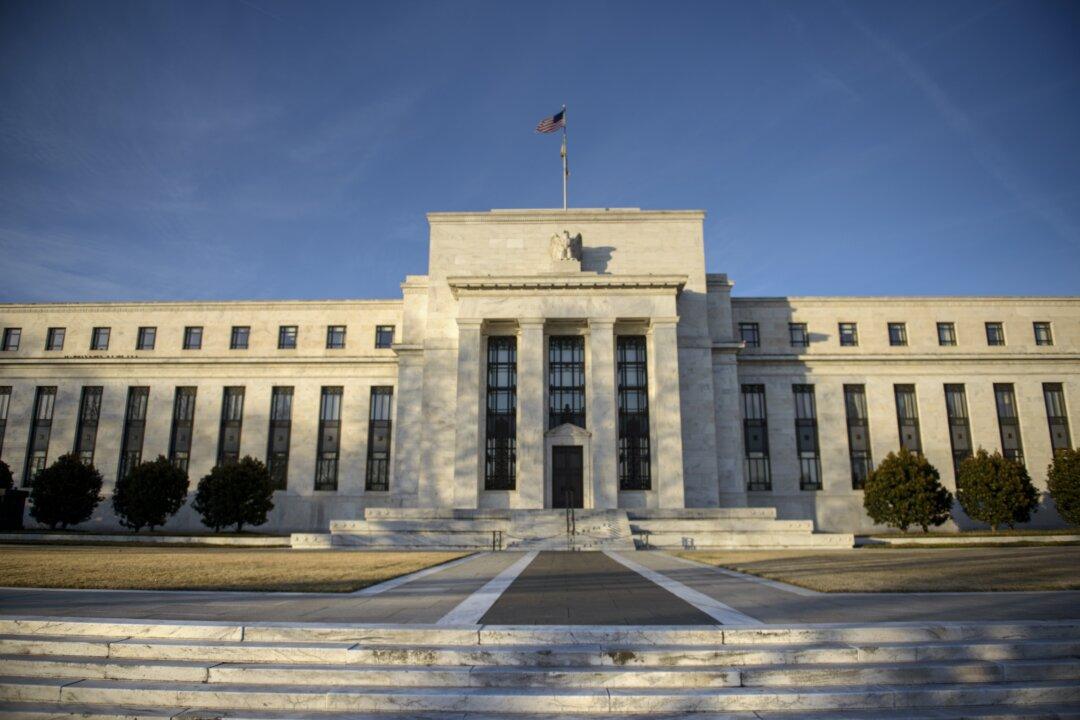Commentary
There’s been a lot of concern about rising inflation, and rightfully so. Striking workers and families are struggling to make ends meet as the cost of living keeps rising.

There’s been a lot of concern about rising inflation, and rightfully so. Striking workers and families are struggling to make ends meet as the cost of living keeps rising.